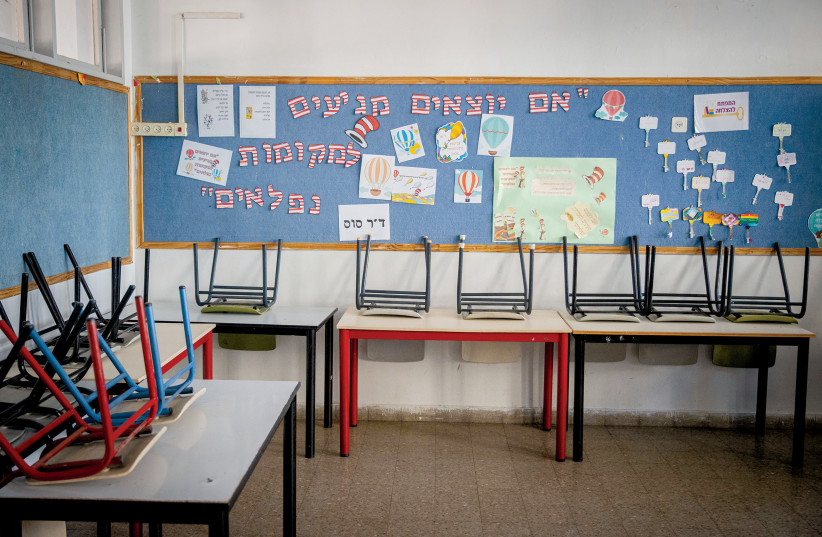Teen suicides, reduced during lockdown, has now increased 12-18%

Teenage suicide rates fell during lockdown and have risen again now that in-school teaching has returned.
Teenage suicide has increased 12-18% since in-person schooling has returned after the rate decreased during COVID-19 lockdowns.
A recent study, carried out by the National Bureau of Economic Research, has found that teenage suicide is heavily tied to in-person school attendance.
The study reported that youth suicide dropped significantly during the school closures that came as a consequence of the pandemic and the rate has risen since schools reopened by 12-18%.
To further support the findings of the study, teenage suicide also shows seasonal trends with a decreased rate during summer breaks.
The study looked at the number of cases of successful suicide attempts for teenagers aged 12-18 and looked at data from 1990 onwards.
Measuring suicide
The Suicide and Crisis Center of North Texas reported that suicide is the third biggest killer of young people aged 15-24 in America and annually 5000 young people lose their lives to suicide.
Overall, the rate of youth suicide has increased dramatically from previous years. For males aged 15-24, the suicide rate has quadrupled and for women in the same age group, it has doubled.
The study produced by the National Bureau of Economic Research reflects only the tip of the iceberg. The study gathers data from mortality files and death certificates, which means that the reported number reflects only the number of successful suicides without the rate of attempted suicides which would expectedly be significantly higher.
The journal, Suicide and Life-Threatening Behavior, makes note of the limitations in the classification of death by suicide. Many suicides are classified as "accidental death" or "undetermined."
There is no way to definitively know how big an issue youth suicide is and the study produced can only reflect the very tip of a problem that runs much deeper.
Causes of teenage suicide
Based on the findings of the study, the National Bureau of Economic Research located two main factors in the seasonal rate of suicide. 1) Bullying experienced in in-school settings is a leading cause of suicide. 2) The study found that increased interaction with the family unit lowered the risk of suicide. Strong social connections can significantly reduce the risk of depression and suicide.
The American organization 'Stop Bullying' estimates that 20% of 12-18-year-olds have been the victim of bullying. They claim that being a victim of bullying can have long-term psychological impacts which predispose the victim to low self-esteem and depression.
In Israel, the Education Ministry is attempting to reduce bullying in schools as a response to increased violence.
As previously reported by The Jerusalem Post, 60% of Israeli students reported increased ostracism from fellow students, and 38% reported recently encountering violence. Significantly, many students reported an increase in bullying since the lockdown ended compared to before the COVID-19 pandemic.
Jerusalem Post Store
`; document.getElementById("linkPremium").innerHTML = cont; var divWithLink = document.getElementById("premium-link"); if (divWithLink !== null && divWithLink !== 'undefined') { divWithLink.style.border = "solid 1px #cb0f3e"; divWithLink.style.textAlign = "center"; divWithLink.style.marginBottom = "15px"; divWithLink.style.marginTop = "15px"; divWithLink.style.width = "100%"; divWithLink.style.backgroundColor = "#122952"; divWithLink.style.color = "#ffffff"; divWithLink.style.lineHeight = "1.5"; } } (function (v, i) { });

